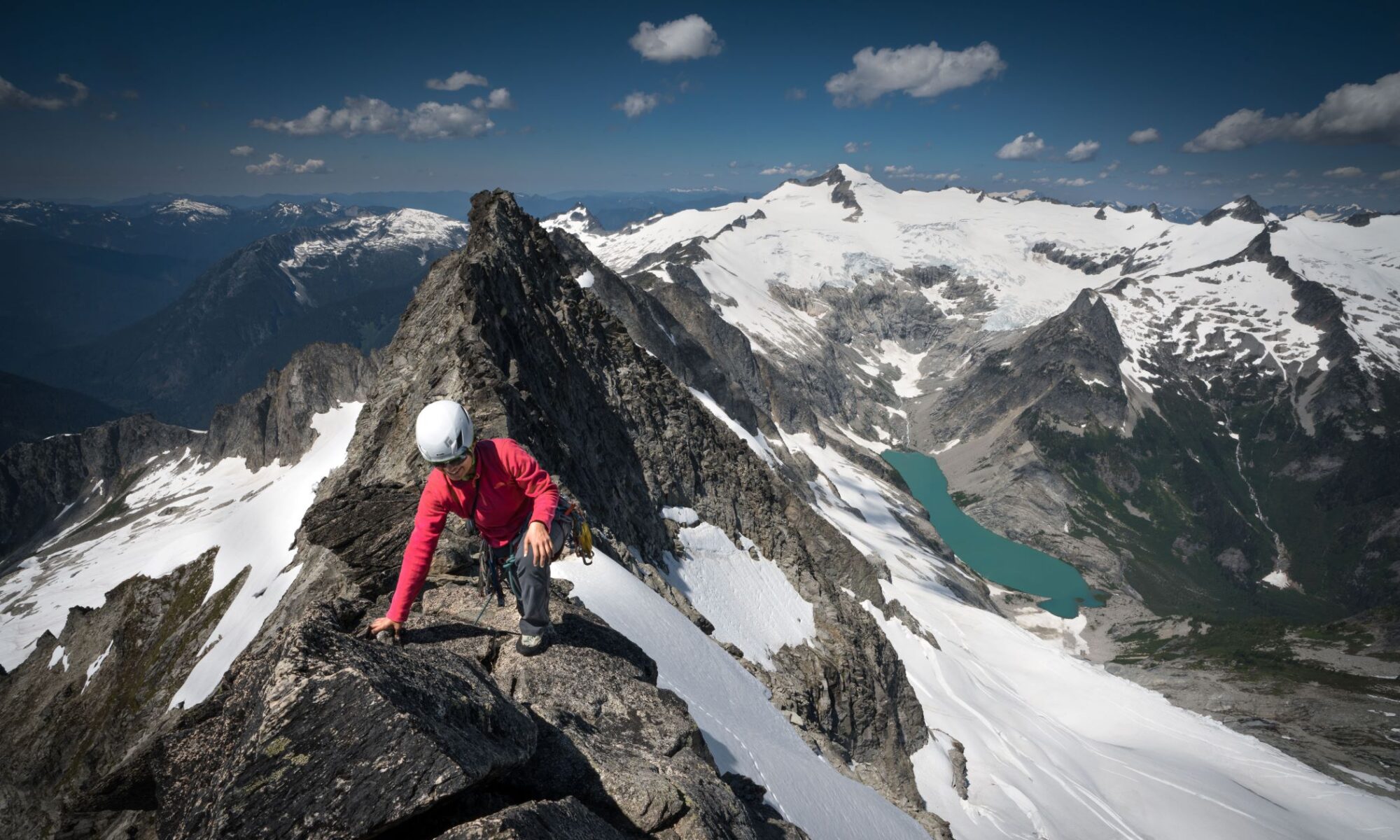by Dan Schuster
 |
| The author on the summit of Mt. Kilimanjaro. Photo: Godlisten Christosa |
Ask any longtime supporters why they give heart and soul to the Mazamas and you’re likely to get different answers. Contrary to popular myth, we aren’t all climbing sport enthusiasts. Yet to say we all love the mountains or mountaineering may exclude rock climbing buffs who’d rather hang out at Smith, or hikers who love the woodlands. It’s difficult to identify a common thread binding us together because our passions sometimes drive us apart. While we each may have a different vision of what the Mazamas should be, one thing we all share is inspiration. Mazama volunteers have inspired us and in turn, we volunteer to inspire others.
For many of us, that inspiration started with our BCEP instructors, and I was no exception. My BCEP ‘88 instructor, Bo Nonn, is one of the unsung Mazama heroes. That’s not to say he didn’t receive all the awards that come from being a long-time climb leader, but he kept a low profile, focused instead on inspiring us to pass on the love of mountaineering. I followed his example through BCEP, ICS, and ASI for the 28 years since, and as a climb leader for the past 14. Over the years, I’ve given both personal time and money to the Mazamas and with so many other critical needs out there, you might ask, “Why the Mazamas?” It boils down to inspiration.
For example, you may have seen the movie “Meru,” and been inspired by the extremity of purpose and commitment that might seem absurd to some. Yet the adventure aspects of the movie inspire even non-climbers in a way that golf and baseball never can. The movie had particular significance to me because of my experience with another Mt. Meru, Kilimanjaro’s unassuming cousin. In 2007, I traveled to Tanzania to climb Mt. Kilimanjaro. My daughter accompanied me as far as Moshi, and while I was on the mountain, she volunteered her nursing skills at a local hospital. Afterwards, she shared her dismay on discovering how little of the hospital’s medical equipment was in working order. We later learned through a WHO report that up to 80% of East African medical equipment was nonfunctional. Inspired partly by Greg Mortensen’s school construction project for Afghan girls and partly by my BCEP instructor’s Peace Corps experiences in Botswana, I set about to remedy the equipment situation. It occurred to me that the many engineers who travel to Africa on safari and to climb Kili were part of the answer. “Voluntourism,” historically dominated by medical staff, was in dire need of technologists. After struggling to find a cooperative venue, I returned to Tanzania in January 2010 as an instructor at Arusha Technical College (ATC). Nestled in the shadow of Mt. Meru, ATC was created to fill the demand for qualified technical personnel in Tanzania. Since that first visit, I’ve spent 18 months in Arusha training future biomedical technicians to repair medical equipment and established a nonprofit corporation, Biomedical Engineering Technology Aid International (BETA Int’l), to support that endeavor. BETA Int’l has subsequently facilitated a biomedical engineering technology program at ATC by training faculty, providing modern test equipment and parts, and providing stipends for student internships at area hospitals. With a comprehensive training program in place, ATC now supplies electrical and biomedical engineering graduates to hospitals throughout Tanzania.
I’m not sure any of this would have come about if not for the volunteers that inspired me and the inspiration that comes from my own volunteering. Climbing taught me many valuable lessons including this from scree and soft-snow slogs: slide back a step for every two forward, keep going, and you eventually make the summit. You definitely need this kind of tenacity to deal with bureaucracies and governments in developing nations. And inspiration has opened doors to new opportunities. Now BETA is teaming with GE Foundation to address medical technology issues in all low-resource countries. Haiti is next, although it is more like climbing Mt. Everest. We’ve been slogging there since 2011, without yet reaching the first base camp.
For some of you this may not resonate (unless you climb Kilimanjaro and have need of hospitalization). For me, it justifies my “Curmudgeon Challenge” to raise funds for the MMC, and the countless hours I’ve put into Mazama training, climbs, and committees. My Mazama training was a prelude to a much bigger life mission—one that has become world-transforming. I understood that in 2003 when I teamed with Monty Smith to rescue a family on the Eiger’s neighboring peak; our oft-repeated leadership training saved five lives. So mountaineering will never be just a sport to me—the inspiration goes far deeper, and it is a fundamental test of character. Yes, I do love the mountains and any excuse to be in them—anywhere in the world. What inspires you may be different, but do keep our volunteer tradition alive within the Mazamas, and pass along the inspiration to others. Inspiration is the most pervasive impact we can have in this world, and our only legacy.
Author’s note: If you are bound for Kilimanjaro, interested in voluntourism opportunities, and have a medical or engineering background, see BETA International’s website at www.bmet-aid.com.
Author’s bio: Dan Schuster is a Mazama climb leader (2001) and has taught climbing since 1989. A retired Caltech-educated engineer, he founded Biomedical Engineering Technology Aid International (www.bmet-aid.com), a 501(c)(3) non-profit, and is also a volunteer science museum educator in lasers and robotics at OMSI.


